Exploring The Evolution Of Housing In South Korea: A New Exhibition
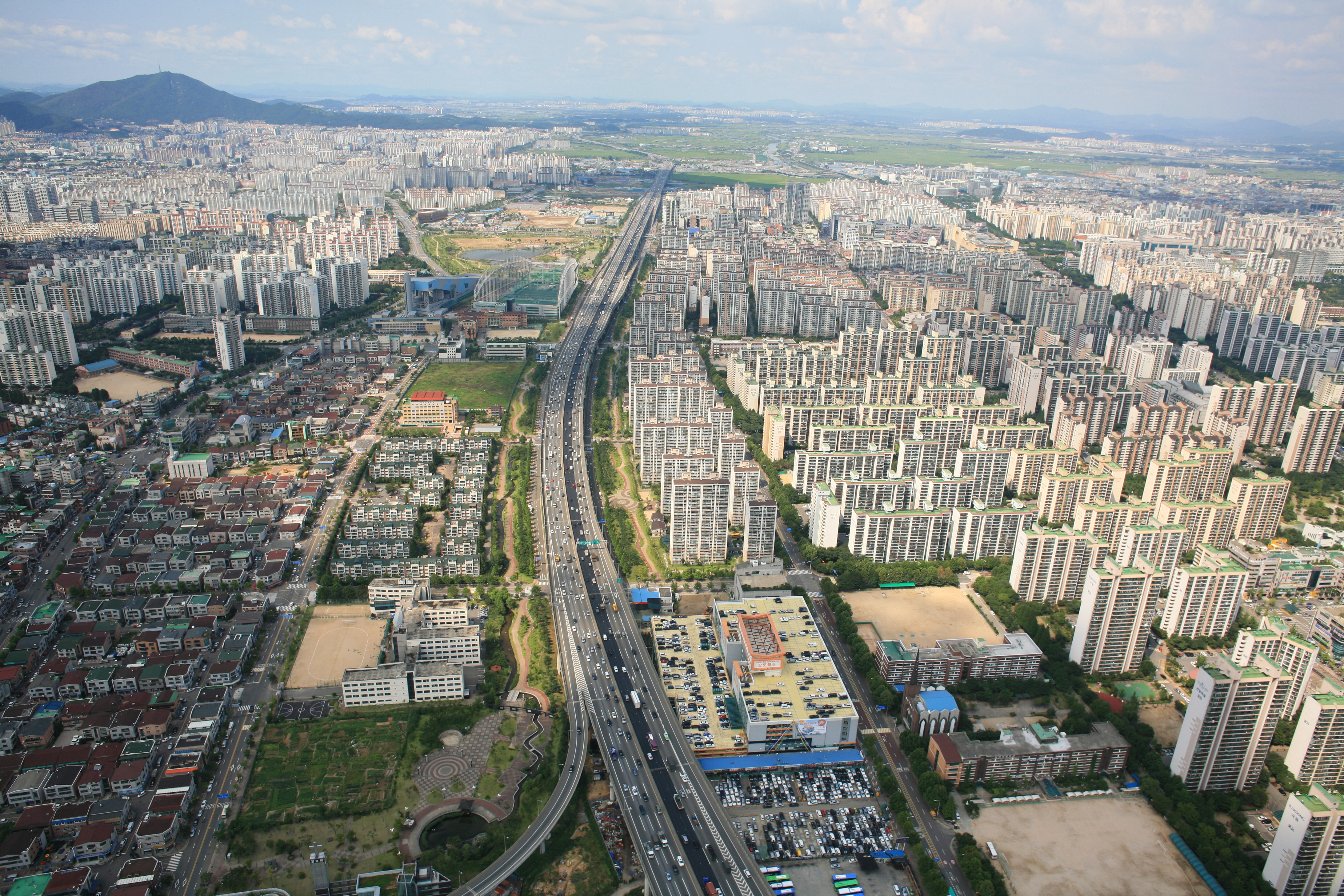
Table of Contents
From Traditional Hanok to Modern High-rises: Architectural Shifts in Korean Housing
The story of South Korean housing is one of striking contrasts, a narrative woven from the threads of ancient traditions and modern innovations.
The Hanok Tradition:
Traditional Korean houses, known as Hanoks, represent a sophisticated blend of artistry and practicality. Their defining characteristics include:
- Natural Materials: Hanoks primarily utilize natural materials like wood, paper (Hanji), and earth, creating harmonious spaces that blend seamlessly with the environment.
- Ondol Heating System: The ingenious Ondol underfloor heating system, a testament to Korean ingenuity, provided efficient and comfortable warmth.
- Spatial Layout: The layout of a Hanok emphasizes a flowing spatial arrangement, with courtyards and interconnected rooms designed to maximize natural light and ventilation.
- Examples: Many beautifully preserved Hanoks can still be found in Bukchon Hanok Village in Seoul and other historical districts, showcasing the enduring legacy of this architectural style.
The Impact of Rapid Industrialization:
Post-war industrialization and urbanization triggered a radical transformation in South Korean housing. The rapid growth of cities led to:
- Rise of Apartment Complexes: High-rise apartment buildings became the dominant housing type, reflecting the need for efficient and high-density living.
- Government Housing Initiatives: Government-led housing projects played a crucial role in providing affordable housing to a rapidly growing population.
- Changes in Building Materials: The use of concrete and steel replaced traditional materials, accelerating construction and enabling the creation of larger, more complex structures.
- Western Architectural Influence: Western architectural styles influenced the design of many modern buildings, creating a blend of international and Korean aesthetics.
Contemporary Housing Design and Sustainability:
Modern South Korean housing design increasingly incorporates sustainable and innovative approaches to address the challenges of a dense and evolving population:
- Green Building Technologies: The adoption of green building technologies, such as solar panels and energy-efficient materials, is gaining momentum.
- Smart Home Features: Smart home technology is integrated into many new constructions, offering convenience, efficiency, and enhanced security.
- Architectural Innovations: Architects are experimenting with innovative designs to maximize space utilization and create comfortable living environments in high-density settings.
- Award-Winning Buildings: Seoul and other major cities boast numerous award-winning buildings that showcase the country's commitment to architectural excellence and sustainable design.
Societal Impacts and Housing Policies in South Korea
The evolution of South Korean housing is intrinsically linked to its evolving social fabric and government policies.
The Role of Government Policy:
Government policies have played a pivotal role in shaping the housing landscape:
- Apartment Construction Initiatives: Government-backed programs have heavily incentivized the construction of apartments, significantly influencing housing availability and affordability.
- Successes and Failures: While these initiatives have addressed the need for housing, they have also raised concerns regarding affordability and accessibility for certain segments of society.
- Impact on Socioeconomic Groups: The impact of housing policies has varied across different socioeconomic groups, highlighting the complexities of addressing housing inequality.
Housing and Social Inequality:
Housing affordability remains a significant challenge, contributing to social stratification:
- Housing Affordability Challenges: The cost of housing in major cities is a major concern, particularly for younger generations and low-income families.
- Urban-Rural Housing Gap: A significant disparity exists between urban and rural housing, reflecting inequalities in access to resources and opportunities.
- Impact on Social Mobility: The availability and affordability of housing significantly impact social mobility and the ability of individuals to improve their economic standing.
Evolving Family Structures and Housing Needs:
Shifting family dynamics have created new demands on housing design:
- Smaller Families: The decline in family size has led to a demand for smaller, more efficiently designed apartments.
- Increased Single-Person Households: The increasing number of single-person households has further fueled the demand for compact and functional living spaces.
- Innovative Solutions: Developers are responding with innovative solutions, such as multi-functional furniture and adaptable spaces, to cater to these changing needs.
The Exhibition: A Journey Through South Korean Housing History
This new exhibition offers a captivating exploration of South Korean housing's multifaceted journey.
Exhibition Highlights:
The exhibition promises an engaging experience featuring:
- Artifacts and Models: Rare artifacts, architectural models, and historical documents provide a tangible link to the past.
- Photographs and Drawings: A rich collection of photographs and architectural drawings illustrates the evolution of design styles.
- Interactive Displays: Interactive exhibits allow visitors to actively engage with the historical narrative.
- Prominent Architects and Designers: The exhibition highlights the contributions of prominent architects and designers who have shaped the South Korean housing landscape.
Visitor Experience:
Visitors can expect a stimulating and educational experience:
- Interactive Components: Interactive elements will make the exhibition engaging and memorable for all ages.
- Educational Materials: Informative panels, brochures, and audio guides will provide detailed information.
- Guided Tours: Guided tours led by experts will offer valuable insights and context.
- Opportunities for Participation: The exhibition may incorporate opportunities for visitors to share their own experiences and perspectives.
Location and Practical Information:
For detailed information regarding location, dates, opening hours, ticket prices, and accessibility details, please visit the official exhibition website: [Insert Website Link Here]. You can also follow us on social media: [Insert Social Media Links Here].
Reflecting on South Korea’s Housing Evolution – Visit the Exhibition Today!
This exhibition provides a unique opportunity to understand the complex and fascinating evolution of South Korean housing, revealing the interplay between architectural innovation, government policy, and societal changes. Appreciating this history offers valuable insights into the nation's cultural heritage and its dynamic journey of modernization. Don't miss this chance to explore the captivating story of South Korean housing. Visit the exhibition today and experience firsthand the remarkable transformation of homes in South Korea! Learn more at [Insert Website Link Here].

Featured Posts
-
 Fortnite Extended Downtime Chapter 6 Season 2 Release Uncertain
May 02, 2025
Fortnite Extended Downtime Chapter 6 Season 2 Release Uncertain
May 02, 2025 -
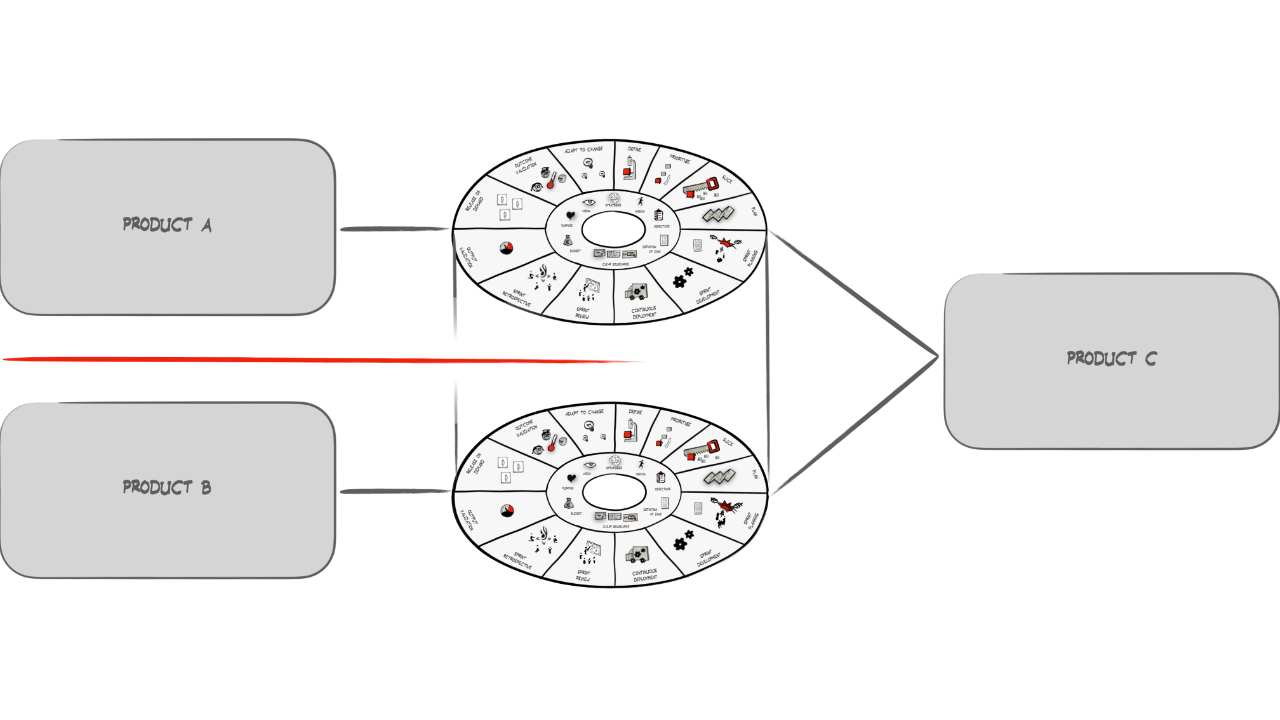 Bio Based Scholen En De Noodzaak Van Een Generator Een Praktische Analyse
May 02, 2025
Bio Based Scholen En De Noodzaak Van Een Generator Een Praktische Analyse
May 02, 2025 -
 Mbahthat Sewdyt Adhrbyjanyt Wzyr Altjart Ybhth Afaq Alteawn Alaqtsady
May 02, 2025
Mbahthat Sewdyt Adhrbyjanyt Wzyr Altjart Ybhth Afaq Alteawn Alaqtsady
May 02, 2025 -
 Georgia Stanway A Poignant Remembrance Of Young Girl Killed On Pitch
May 02, 2025
Georgia Stanway A Poignant Remembrance Of Young Girl Killed On Pitch
May 02, 2025 -
 April 9th Wednesday Lotto Results Check Your Ticket Now
May 02, 2025
April 9th Wednesday Lotto Results Check Your Ticket Now
May 02, 2025
Latest Posts
-
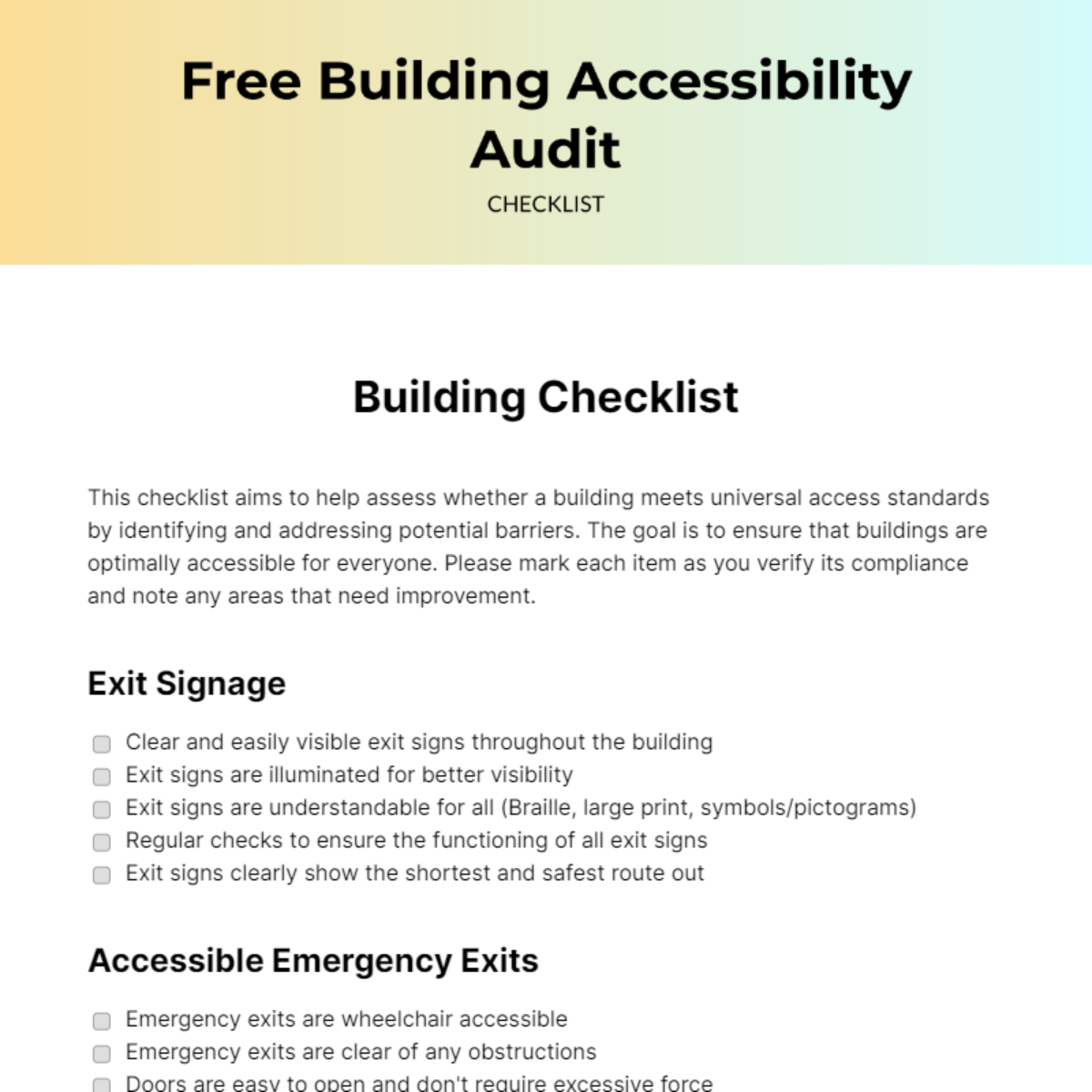 Accessibility Audit Elizabeth Line And Wheelchair Users
May 10, 2025
Accessibility Audit Elizabeth Line And Wheelchair Users
May 10, 2025 -
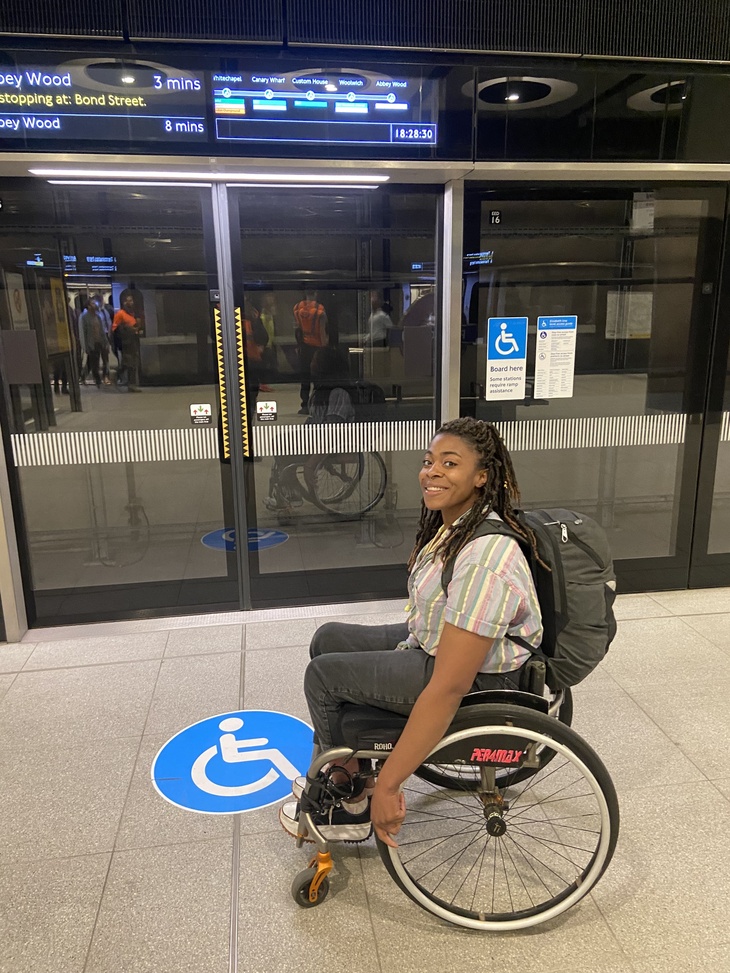 Wheelchair Accessibility Issues And Solutions On The Elizabeth Line
May 10, 2025
Wheelchair Accessibility Issues And Solutions On The Elizabeth Line
May 10, 2025 -
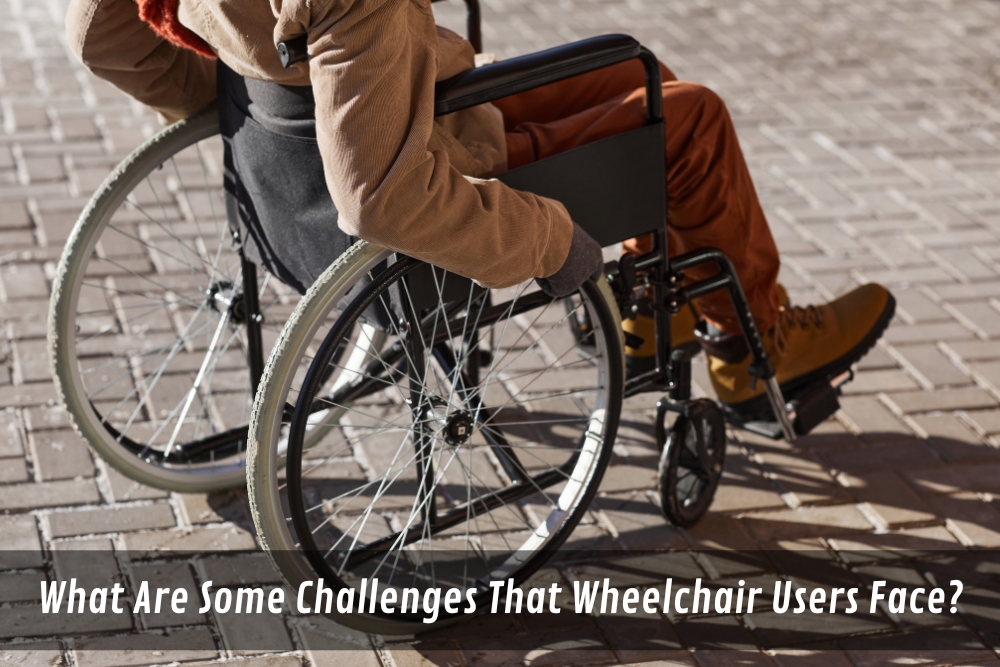 Elizabeth Line Gaps In Accessibility For Wheelchair Users And Solutions
May 10, 2025
Elizabeth Line Gaps In Accessibility For Wheelchair Users And Solutions
May 10, 2025 -
 Cheap Elizabeth Arden Skincare Smart Shopping Guide
May 10, 2025
Cheap Elizabeth Arden Skincare Smart Shopping Guide
May 10, 2025 -
 Navigating The Elizabeth Line A Wheelchair Users Perspective
May 10, 2025
Navigating The Elizabeth Line A Wheelchair Users Perspective
May 10, 2025
